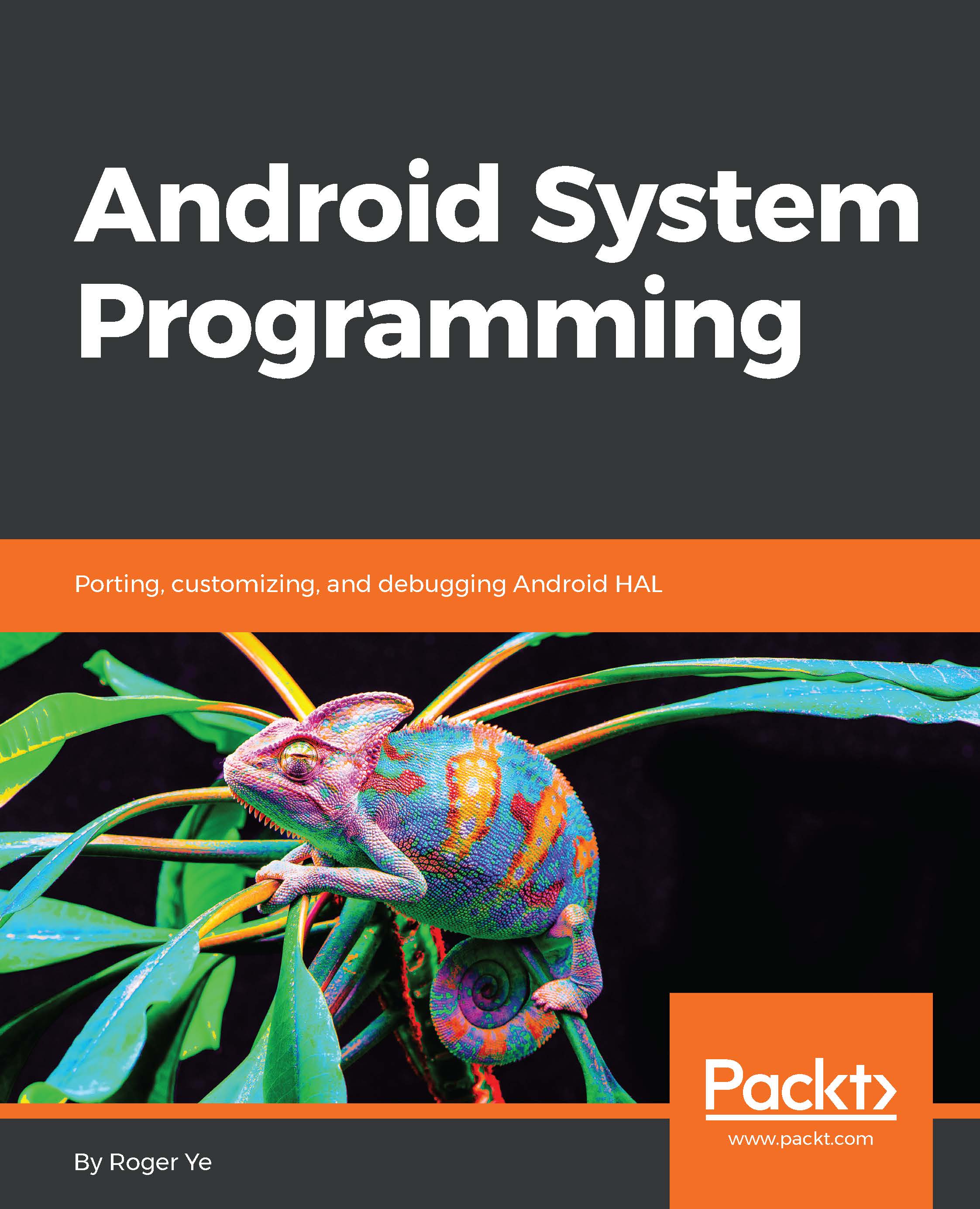Android is the most popular mobile operating system in the world. Since 2013, Android has around 80% market share worldwide, while the second largest mobile operating system, iOS, has less than 20% market share. Due to the popularity of Android, there are many books about Android programming in the market. Most of them are targeted at Android application developers, which are the largest community in the world of Android development.
There is also another group of people working on the layer beneath the Android framework. Many people call them Android system developers. Comparing to Android application developers, Android system developers use the C/C++ languages, or even assembly language, to develop system services or device drivers. The scope and the definition of Android system development is much more vague than comparing to Android application development. For Android application development, the development environment and tools are very clear: the Android SDK and Android Studio from Google should be used and the programming language is Java.
For Android system development, we may use the Android NDK to develop Android system services or native applications. Many people refer to development based on the Android Open Source Project (AOSP) as Android system development. Nevertheless, Android system development encompasses the activities that produces native applications, services, or device drivers for a particular hardware platform. It closer to the hardware and the operating system, whereas Android application development is more general and hardware-independent.
Due to the hardware and operating system dependencies, it is more difficult to teach Android system programming than Android application programming. From the number of books in the market, we can see this. It is much easier to teach Android application development using specific examples. The readers of application programming books can follow the examples and can test them on most available Android devices. However, most Android system programming book can only talk about general concepts or ideas. When the authors want to use examples, they must pertain to a particular hardware platform and Android version. This makes it difficult for readers to repeat the same process.


